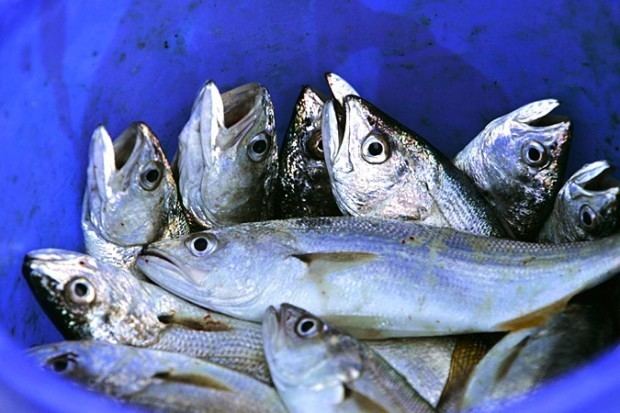Kingdom Animalia Genus Seriphus
Ayres, 1860 Higher classification Seriphus Rank Species | Family Sciaenidae Scientific name Seriphus politus Phylum Chordata Order Perciformes | |
 | ||
Similar White croaker, Yellowfin croaker, Spotfin croaker, Scomberoides, California corbina | ||
Queenfish
Queenfish (Seriphus politus) are a species of croaker occurring from Uncle Sam Bank, Baja California, to Yaquina Bay, Oregon; they are the only species in the genus Seriphus. They are common during summer in shallow water around pier pilings on sandy bottoms. They are found at depths up to 180 feet; however, occur more often from 4 to 27 feet. Queenfish are common in southern California, but are rare north of Monterey, California.
Contents
How to catch big queenfish the hook and the cook
Description
The body of the queenfish is elongate and moderately compressed; the largest recorded specimen was 12 inches. The head is compressed with the upper profile depressed over the eyes. The mouth is large. The color is bluish above becoming silvery below and the fins are yellowish. Queenfish can be distinguished from other croakers by their large mouth, the base of the second dorsal and anal fins being about equal, and the wide space between the two dorsal fins.
Queenfish feed on small, free swimming crustaceans, small crabs, and fishes. Adult queenfish spawn in the summer. The eggs are free floating. Tiny young queenfish, less than 1 inch long, appear in late summer and fall; first at depths of 20 to 30 feet, gradually moving shoreward until they enter the surf zone when 1 to 3 inches long.
Fishing information
Queenfish may be caught using cut shrimp or squid as bait. They are one of the most commonly caught fish by anglers from California piers.
